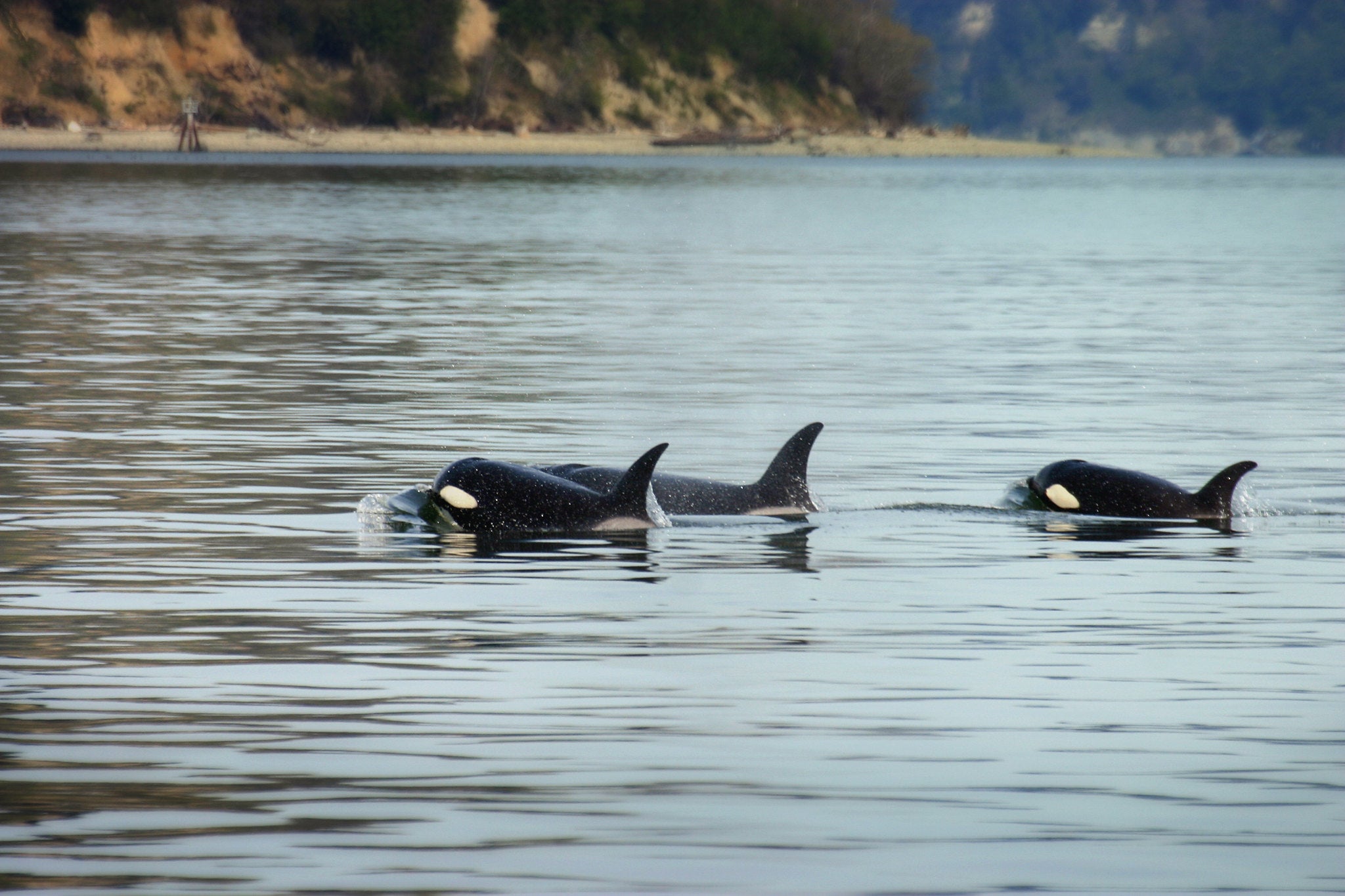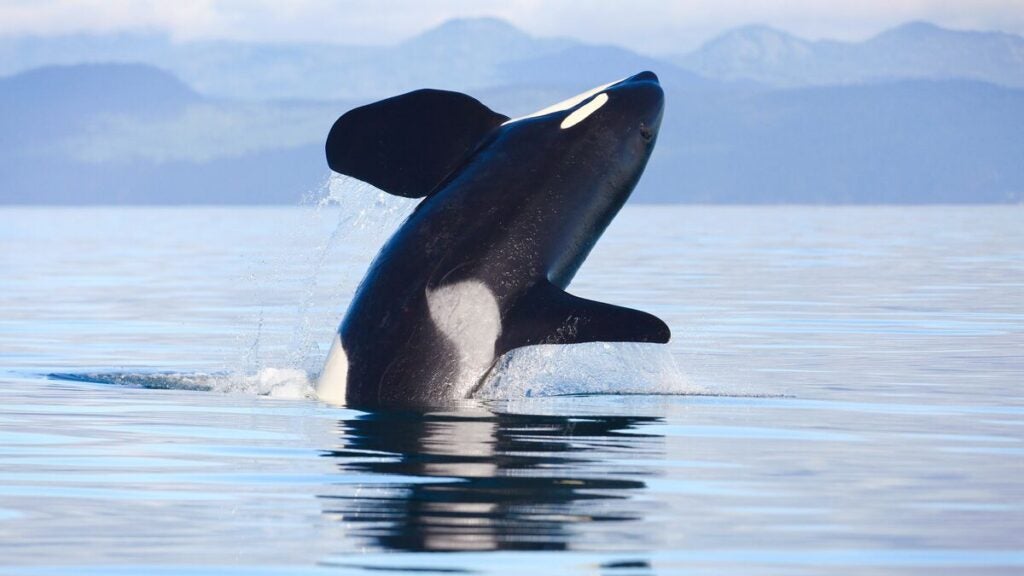Protecting Salmon and Orcas from Puget Sound Wastewater Pollution
Pollution from the Everett Wastewater Treatment Plant — one of the larger water pollution control facilities in Washington State — is harming threatened Puget Sound Chinook salmon and posing health risks to endangered Southern Resident orcas.
Case Overview
Working with four nonprofit environmental organizations — Puget Soundkeeper Alliance, RE Sources, Toxic-Free Future, and Waste Action Project — Earthjustice advocated for more stringent pollution controls for the wastewater treatment plant to help protect salmon, orcas, and people. In comments we submitted to the Washington Department of Ecology in January 2024, we asked Ecology to require the plant and its industrial users to do more to reduce three main pollution streams that are known to be harmful to aquatic wildlife and humans.
- Discharges of PBDEs (polybrominated diphenyl ethels): These chemical compounds used in flame retardants in consumer and industrial products including textiles, foam, insulation, and plastics are known to persist in the environment and accumulate in the bodies of wildlife and people. While many uses of PBDEs have been largely phased out, these chemicals continue to be found in discharges from the plant and its industrial users. Scientific research has identified a hot spot of these chemicals in the lower Snohomish River that is harming salmon by suppressing their immune systems and increasing their susceptibility to disease. Decreased salmon populations in turn affect orcas, whose main prey is Chinook salmon.
- Contamination from PFAS or “forever chemicals”: Wastewater treatment plants across the country have been identified as a primary source of PFAS releases. PFAS is short for per- and poly-fluoroalkyl substances, which includes thousands of chemicals found in a wide range of consumer, commercial, and industrial products. Some of these compounds are linked to human and animal harm, including increased cancer risk, higher cholesterol levels, and negative effects on the liver, thyroid, immune system, and fetal development.
- Nutrient Pollution: The Everett plant is one of the largest sources of nutrient pollution in Puget Sound. Nutrient pollution can increase algal growth, which reduces levels of dissolved oxygen and can cause toxic algae blooms, both harmful to aquatic life. Parts of Puget Sound, including the lower Snohomish River, have been found to have impaired water quality due to low oxygen levels.
In November 2024, the Department of Ecology released a final wastewater discharge permit. Ecology heeded our advice on PBDEs and issued one of the strongest pollution reduction permits in the country for PBDEs. The permit requires industries like Boeing to reduce PBDEs at the source, before they reach the Everett Water Pollution Control Facility. Unfortunately, the final permit does not follow our guidance for PFAS or nutrient pollution. While it includes two periods of influent and effluent PFAS sampling, it does not require source-specific monitoring to understand which industries contribute PFAS pollution most significantly, and it significantly delays timelines for industries to begin considering best management practices for reducing PFAS discharges. As for nutrient pollution, Ecology is continuing to rely on its inadequate nutrient general permit, which Earthjustice is challenging in separate litigation.

Case Updates
Case page created on December 20, 2024.
